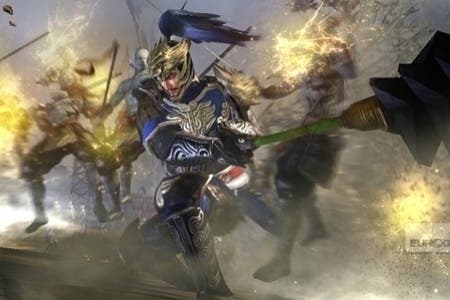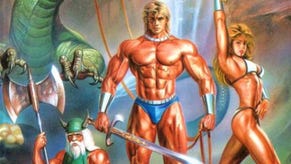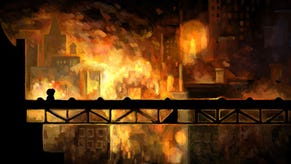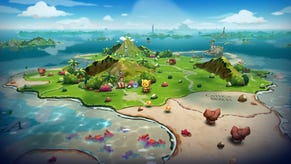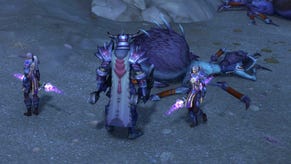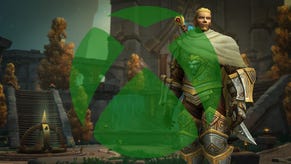A chat about the power of the Wii U with the developer of a Wii U launch title
Dynasty Warriors chief reveals impact of weaker CPU.
We know the Wii U's IBM-made CPU, made up of three Power PC cores, is one of its weaknesses, at least compared to the PlayStation 3 and Xbox 360. But how will this impact the performance of Wii U games?
At the Tokyo Game Show earlier today Eurogamer spoke with the developer of one of the biggest Wii U launch games, Warriors Orochi 3 Hyper, to find out.
The playable version of the game on the Tokyo Game Show floor is not up to the performance levels of past Dynasty Warriors games in terms of frame rate and number of enemies on screen, and is shown up considerably by Dynasty Warriors 7 Empires, the PS3 exclusive also playable on publisher Tecmo Koei's stand.
Akihiro Suzuki, producer of the Dynasty Warriors franchise, admitted this was the case when quizzed by Eurogamer, and pointed to the Wii U's CPU by way of explanation.
"One of the weaknesses of the Wii U compared to PS3 and Xbox 360 is the CPU power is a little bit less," he said. "So for games in the Warriors series, including Dynasty Warriors and Warriors Orochi, when you have a lot of enemies coming at you at once, the performance tends to be affected because of the CPU.
"Dealing with that is a challenge."
The exact specifications of the CPU, including clock speed, remain undisclosed for now, but developers, including those Eurogamer spoke to for an investigation into the power of the Wii U, have confirmed it's slower than the CPU inside both the PS3 and Xbox 360.
But one of its strengths is said to be its custom AMD 7 series GPU, and the 1GB of RAM available to games: double that of the PS3 and Xbox 360.
This, Suzuki said, means the Orochi development team had the opportunity to create visuals better than those possible on PS3 and Xbox 360.
"Developing on new hardware in itself was a challenge, and also making that launch date was a challenge," he said. "But from a visual standpoint, based on the performance of the Wii U, we knew the game had the capability of having much better graphics than games on PS3 and Xbox 360. Make no mistake, from a visual standpoint, it is able to produce better graphics. So our challenge was to make a higher quality graphics. We were able to meet that."
Suzuki vowed that the performance of the game will be improved before release. He better get his skates on: Warriors Orochi 3 launches alongside the Wii U on 30th November.
"While the visuals are great, as is being able to improve them, we had to deal with the lower CPU power and how we can get around that issue," he said.
"Actually, we're still working on that. If you see the demo on the show floor and you try it, you'll probably feel it's not up to the PS3 level. But we're working on it!"
As part of Eurogamer's investigation into the power of the Wii U, Digital Foundry boss Richard Leadbetter expressed concern about the Nintendo console. "It'll be interesting to see how future Face-Offs work out," he pondered. "I expect that GPU focused games will benefit from smoother frame-rates and lower levels of screen-tear, but cross-platform titles highly dependent on CPU power could end up noticeably worse off."
According to Suzuki, the main issue is that developers are still wrapping their head around the CPU, and so are yet to work out how best to use it.
"For the PS3 it has multiple CPUs and an SPU, so you can calculate the various motions of the characters on the CPU so overall it runs smoothly," Suzuki explained. "The Xbox 360 CPUs are formulated so they can spread out the processing power so things run efficiently.
"With the Wii U being new hardware, we're still getting used to developing for it, so there are still a lot of things we don't know yet to bring out the most of the processing power. There's a lot that still needs to be explored in that area."
